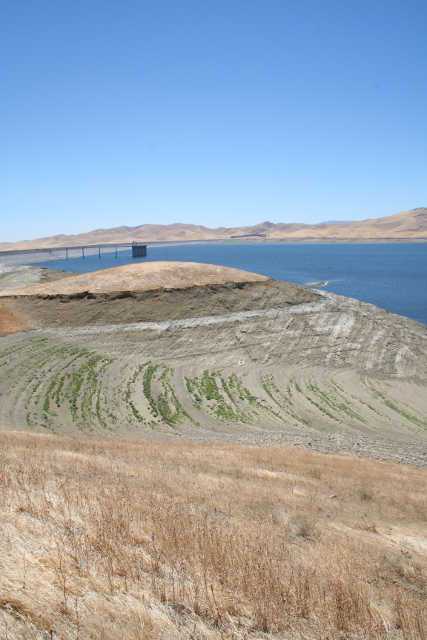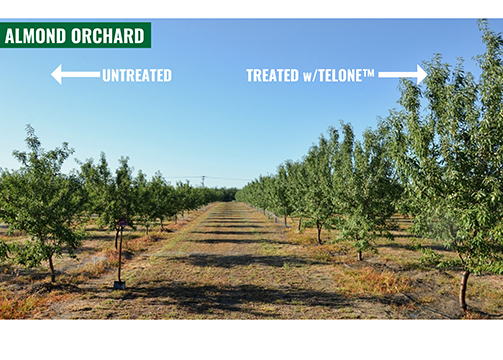New Desalination Technology May Be The Answer To California’s Drought
 The question is: Could desalination be the answer to California’s drought? As parts of the state continue to deal with the lack of water, scientists are looking at ways to turn seawater into drinkable water.
The question is: Could desalination be the answer to California’s drought? As parts of the state continue to deal with the lack of water, scientists are looking at ways to turn seawater into drinkable water.
Desalination has been in the news recently as a possible solution to the water shortage. But in addition to being expensive, desalination’s byproduct, salty brine, can hurt marine life once it’s reintroduced into the ocean.
A team of researchers from Humboldt State University and the University of Southern California is hoping to address those concerns with a new process called Reverse Osmosis-Pressure Retarded Osmosis (RO-PRO).
The group recently received a $600,000 grant from the California Department of Water Resources to develop a portable, prototype RO-PRO system in Samoa, CA, which could lower the cost of desalination and reduce its environmental impact.
This systemi is different because it uses reverse osmosis and its opposing process, pressure-retarded osmosis. In PRO, freshwater and seawater are combined in a pressurized chamber, creating water pressure that spins a turbine. Instead of spinning a turbine, when combined with RO, that energy can then be directly used to power the entire system. The researchers say the process uses 30% less energy than traditional desalination methods.
To read the full story, click here.
Source: Humboldt State University










